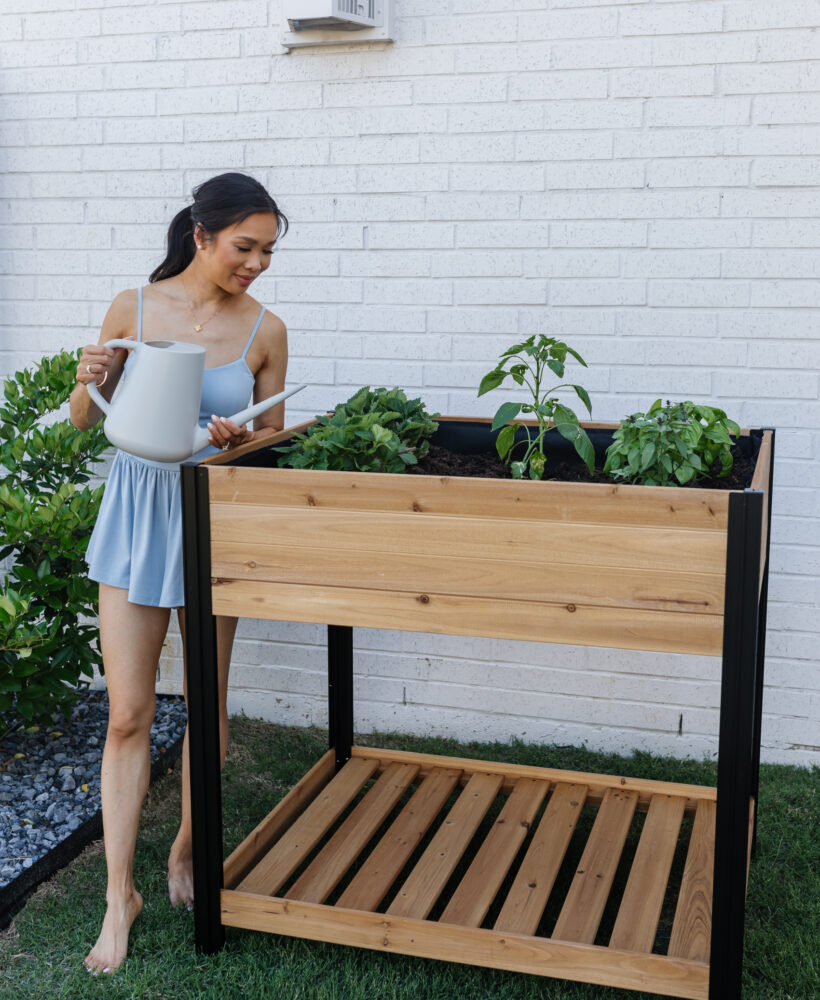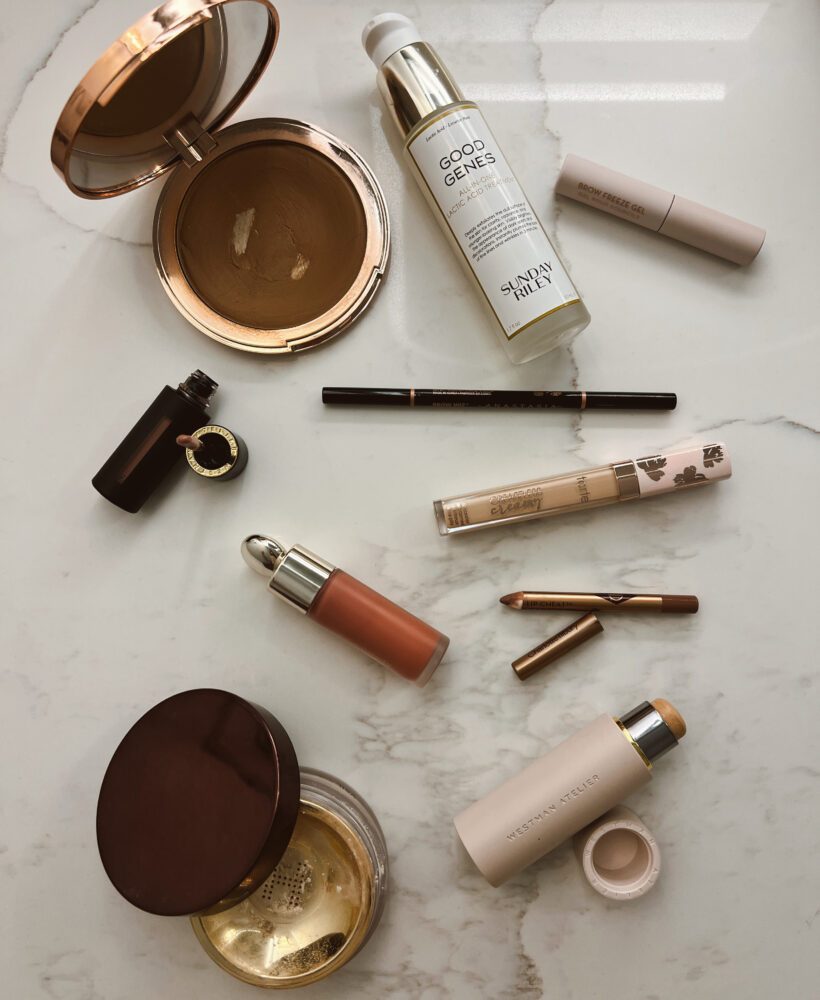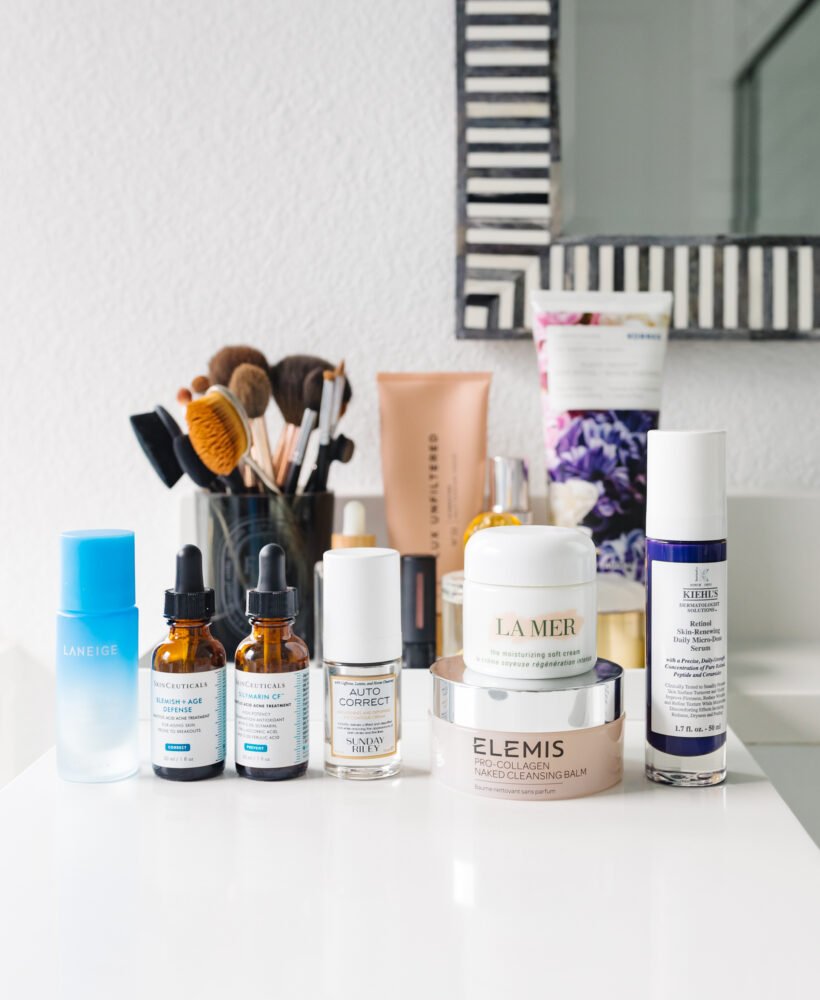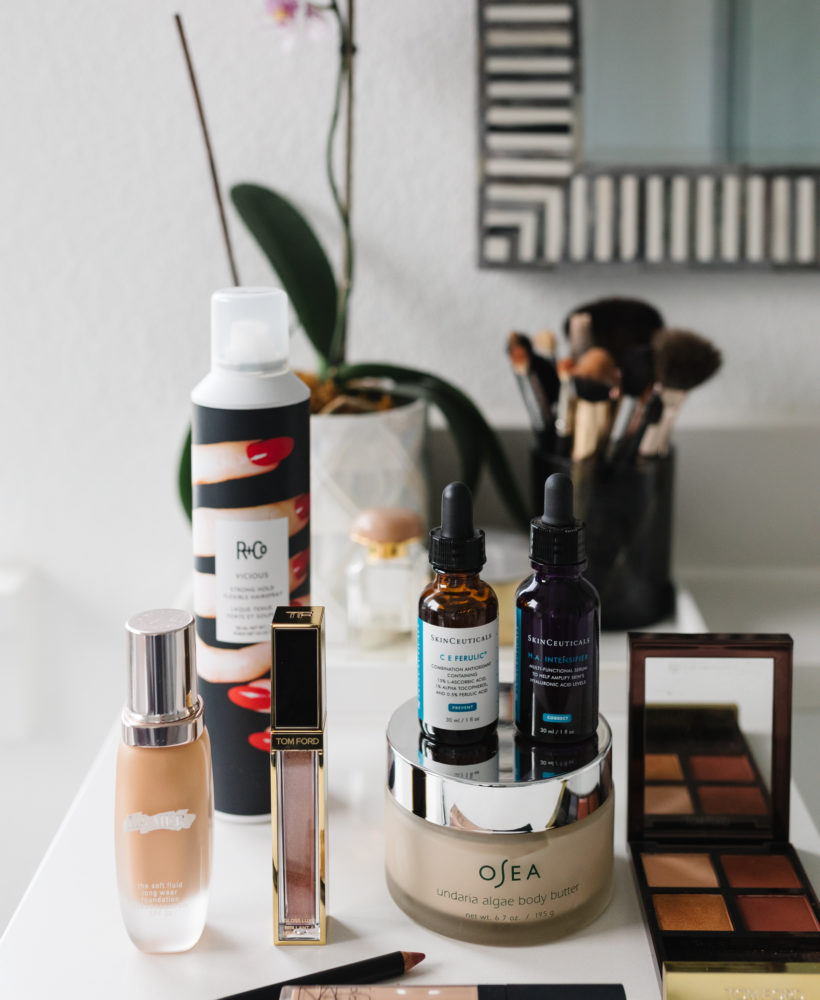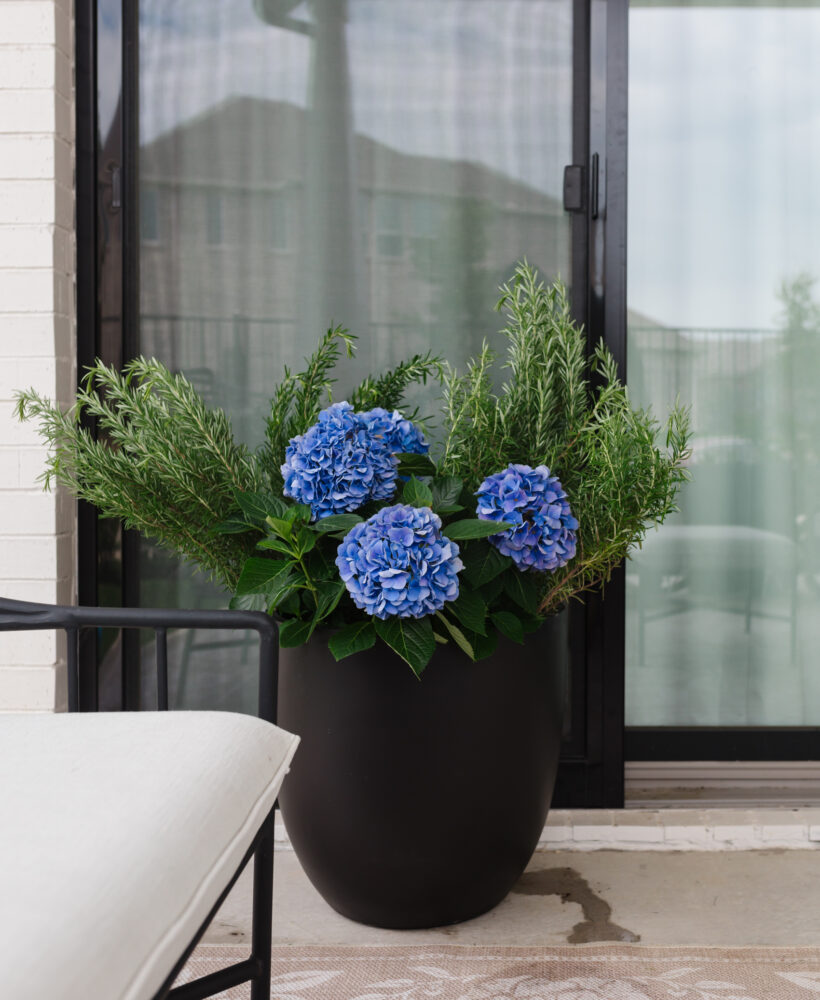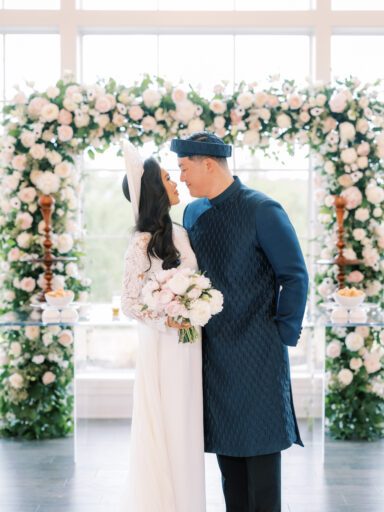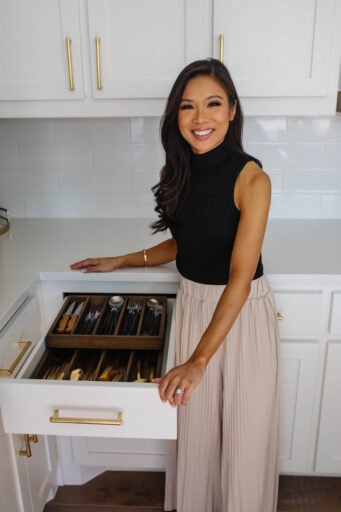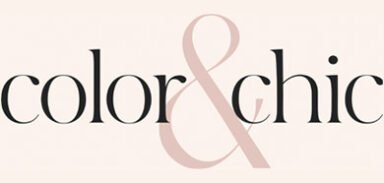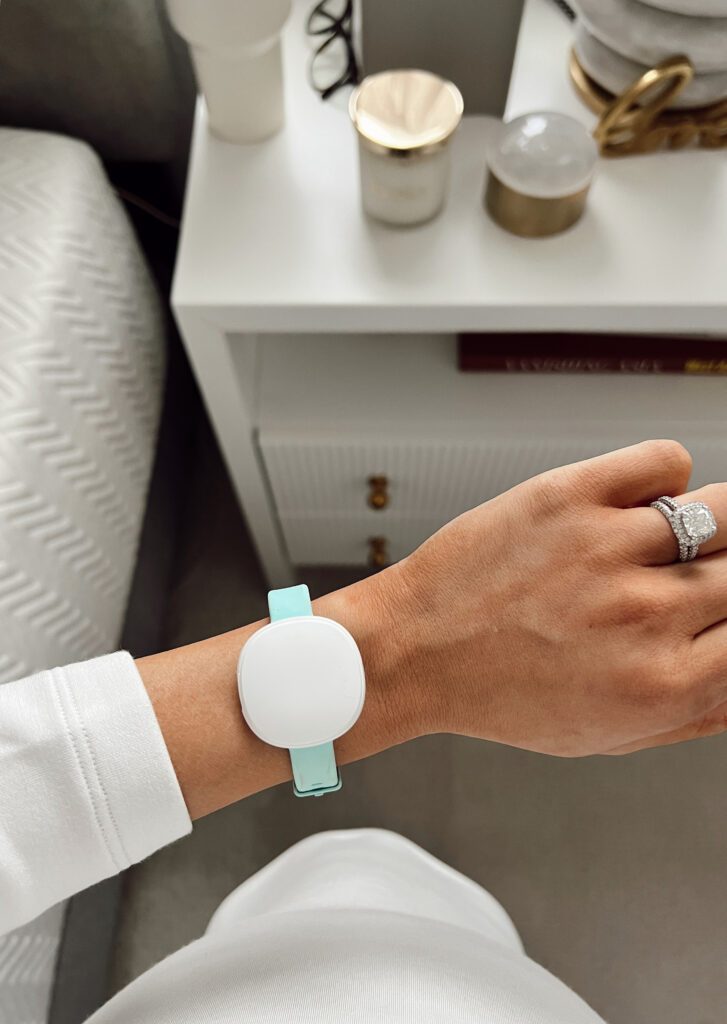
When Johnny and I decided we wanted to try and conceive, we had already heard stories on both ends of the spectrum from friends. “We got pregnant on our first try” and ranging to “we did multiple rounds of IVF.” Of course, we heard the stories in the middle, too. This spurred our decision in tracking ovulation from the start and approaching things in a slightly more data-driven way. We looked up a variety of different trackers, wearables and tools and decided we would use two methods. The first is the Ava Bracelet, which after some research, seemed to be the best ovulation tracker. We feel so grateful to have gotten pregnant so quickly and so I wanted to share our Ava Bracelet review.
In early summer, I bought the Ava Bracelet and eagerly awaited its arrival. One of the reasons I was drawn to it is how lightweight and slim it is. I already wear an Apple watch so this felt like the same thing, but lighter. Set up was really easy – just simple Bluetooth after downloading the app and registering for an account. It asked for some basic info, including height, weight, cycle and birth date. Once you plug all that in, all you have to do is wear the bracelet every night when you go to sleep.

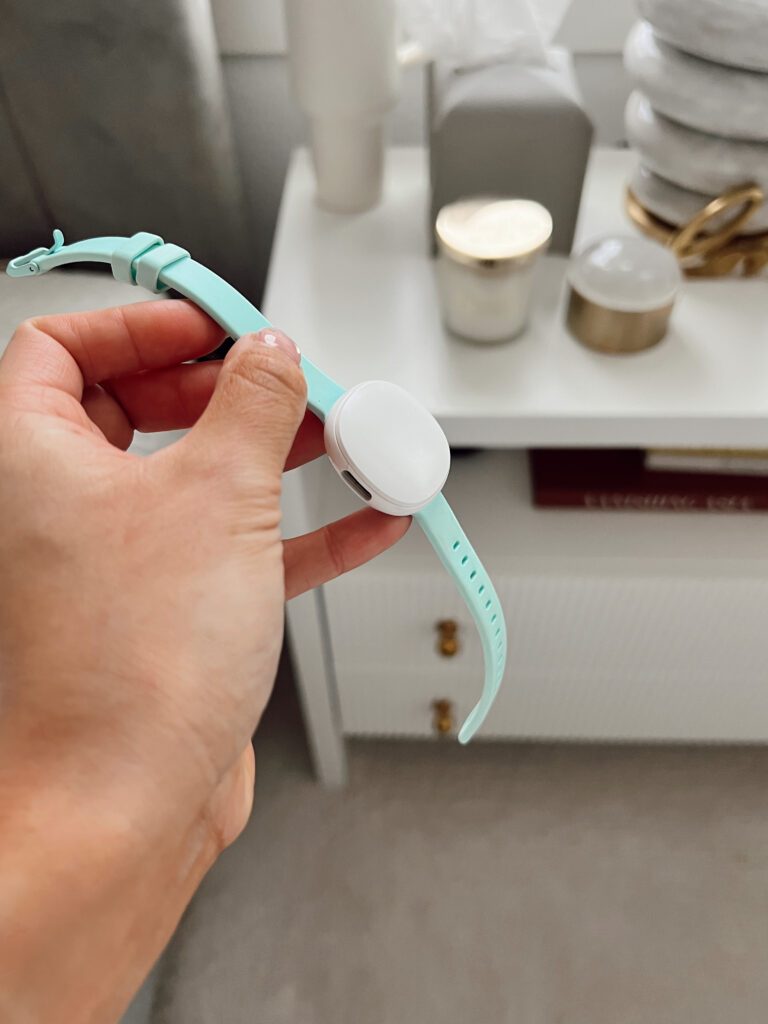
The calendar view on the app will initially give you an estimate of when your ovulation period is after you input your cycle data. However, I found it is best to wear the Ava Bracelet for at least a week or two to get more data into the app. Also, make sure you charge the bracelet (preferably all day) before wearing it each night. I got into a routine of waking up, syncing it to the app and then putting it on the charger right away. That way it’s fully charged when nighttime rolls around. The last thing you want is for it to die just as morning rolls around and you lose your data before syncing. This happened to me once!
The ovulation tracker senses and measures a few things each night while you sleep including skin temperature, pulse rate, heart-rate variability, breathing rate and perfusion, the rate blood moves through tissues in your body. For me, tracking skin temperature and heart-rate variability were most important as we saw that’s one of the tell-tale signs of ovulating.
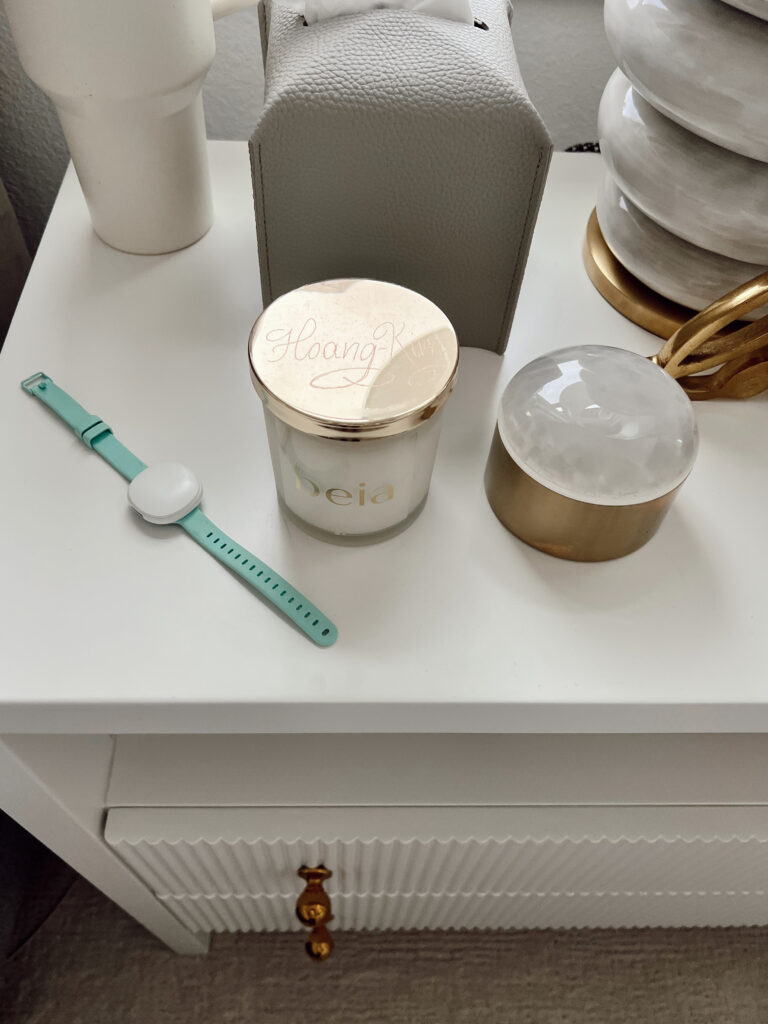
Once we felt like the app got adequate data, we started comparing it with the Pre-Mom ovulation strips. We doubled up our method to make sure we really hit the fertility window. The thing with the strips is to make sure you’re consistently doing it at the same time and to keep them! I’d tape them into a journal with the date and time so we could compare.
Personally, we felt like the Ava Bracelet was the best ovulation tracker because of skin temperature. When both the strips and the Ava Bracelet overlapped we felt pretty confident I was ovulating. We feel super grateful we got pregnant on our first try and can’t believe baby girl will be here soon!






